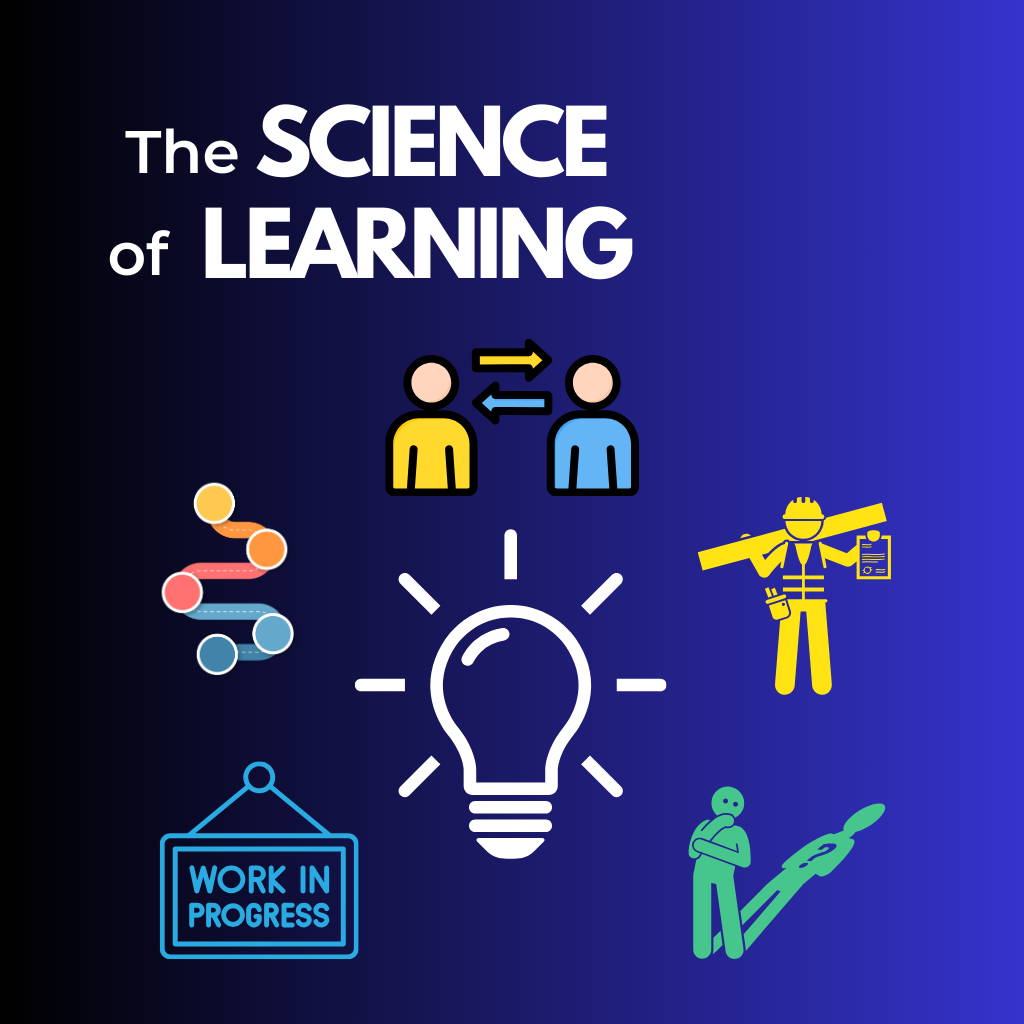
Engagement is a word that we often hear paired with eLearning. Instructional designers strive to create educational materials that learners can engage with. So what is engagement in eLearning, how does it affect the learning process, and is it actually necessary?
What is Engagement?
According to learnupon.com, “It’s a willingness for the learner to interact consistently with the training provided in order to achieve a learning goal” (Quigley, n.d.). Engagement plays a crucial role in eLearning as it directly impacts the effectiveness and success of the learning experience. When learners are engaged, they are more motivated, attentive, and actively participate in the learning process, leading to improved knowledge acquisition and retention. Here are a few ways that engagement can enhance the learning experience:
Increases Focus and Leads to Higher Retention:
Engagement encourages the application of knowledge. Engaging eLearning experiences capture learners’ attention and help them stay focused on the learning materials. Interactive elements, multimedia, and well-designed content can create a more immersive learning environment, reducing distractions and increasing concentration. When learners are actively engaged throughout the eLearning process, they are more likely to retain information effectively.
Improved Performance:
Instructional designers focus on the why behind a course. eLearning courses should have a clear purpose that is evident to the learner. When learners understand the value of the course or training, they are more likely to be engaged and focused. “If you can untangle a complicated process, you’re going to solve a lot of procrastination in the workplace” (Cohen, 2023). Having a clear understanding of the value of a course will allow for a better transfer of knowledge, leading to improved performance on the job.
Increases Motivation
Engaged learners are more motivated to learn and explore the course content. They have a genuine interest in the subject matter, which drives them to invest time and effort into the eLearning activities. An investment in quality, engaging, training allows your employees to feel appreciated and appropriately challenged. For example, adding gamification to eLearning through a leaderboard, or a badge to reward learners will increase motivation.
Overall, engagement is a critical factor in eLearning because it drives learners’ motivation, participation, focus, knowledge retention, collaboration, and successful completion of courses. To maximize engagement, eLearning designers and instructors should incorporate interactive and immersive elements, foster learner interaction, and provide personalized learning experiences tailored to the individual needs and preferences of learners.
References:
Cohen, D. (n.d.). Five Rules of Engagement All eLearning Designers Should Live By. Five Rules of Engagement All eLearning Designers Should Live By. https://www.shiftelearning.com/blog/rules-of-engagement-elearning
Quigley, E. (2019, April 12). eLearning Engagement: A Formula for Success. LearnUpon. https://www.learnupon.com/blog/elearning-engagement/
Engaging students in learning – Center for Teaching and Learning. (n.d.). Center for Teaching and Learning. https://teaching.washington.edu/topics/engaging-students-in-learning/The Importance of Learner Engagement on Performance. (n.d.). TalentLMS. https:///ebook/learner-engagement/importance-learner-engagement-performance





